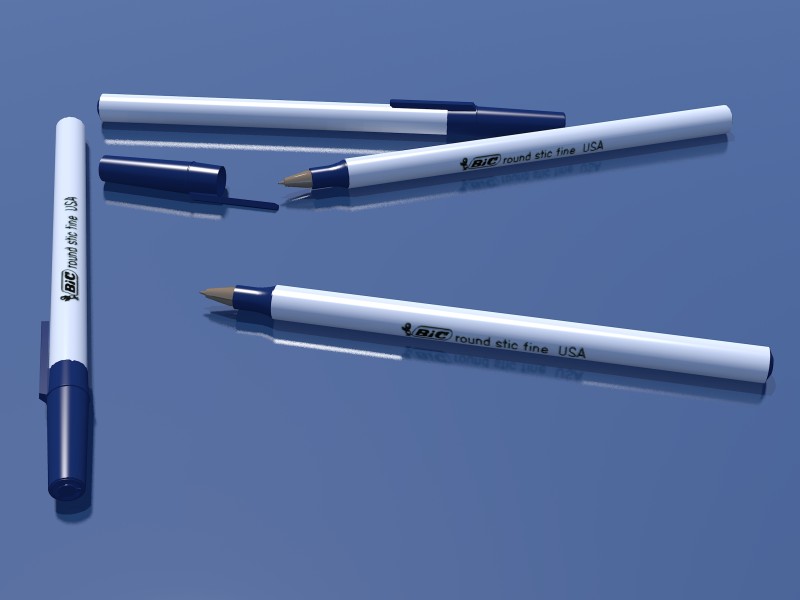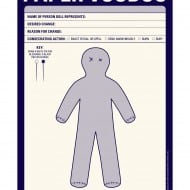


I am from the UK but have lived and worked in the US for over decade now. It should therefore be no surprise if the raison d’etre behind the US approach is less than widely understood outside the US. The US even insists on a different system of maritime navigation marks whilst everyone else not dominated by big brother uses a different internationally agreed approach. It is public record that the US was the last major player to accept SI as legal remarkably recently, and remains the last to not require it on packaging and the like.
#Paper voodoopad iso
His example of foolscap is a case in point, it is an archaic size and very difficult to find in the UK…the ISO A sizes having been adopted years ago. Such changes are obviously not trivial for a population to embrace…but people do quickly adapt. The US continues to use measurement basis that the rest of the world largely abandoned (except for specific special cases) a while ago. While I agree there really is some logic behind the US paper sizes I suggest the gentleman taking umbrage be a little more sensitive to the US approach to ignoring international standards in this and many related areas. #2 US Standard Fan-Fold (aka green bar): 14-7/8″ by 11″ – These are/were for the wide pin-feed (teletype / industrial / factory) printers. The forms that were not letter size were statement size (exactly half the size of the Letter-Size sheet of paper 🙂 I recently cleaned out an office that had numerous forms printed in the 1970’s. #1 Statement size: 8-1/2 by 5.5 (also known as the half sheet)Īs a kid I always thought that the half-sheet was just a letter size sheet of paper physically torn in half. Most of the blue prints stored on microfilm that I saw were of size D or E.īTW You can add 2 additional US Commercial Standard Paper Sizes (mostly for historical purposes):

Size A is 8-1/2″ x 11″ inches (how they determined that I do NOT know).Īfter that (B,C,D,etc.) sizes either doubled in width and/or height as needed for drafting (the biggest ones were nick-named bed sheets).Īt one time I the task of printing out blue prints stored on microfilm embedded in punch cards: I think F is the largest size I remember seeing on a regular basis but I am almost positive that they go larger than that (I mean in the US Standard Letter Sizes). That is because in the decades prior to Personal Computer, the US Standard “Letter” Sizes were for designed for the draftsman: the kind-a guy sitting at the angled desk with the only electrical device in sight would be the light bulb (he EVEN had to manually sharpen his own pencils). Regarding your observation: American paper sizes lacks the consistent aspect ratio of the ISO A-series. Then fold the A1 size in two to get an A2 size paper, and so on… A-sizes are used to define the finished paper size in commercial printing: A4 is for office documents, A5 is for notepads and A6 is for postcards. This means you get the A1 size by folding an A0 paper in two along its shortest side. The height/width ratio remains constant (1:1.41) for all sizes. The largest size ( A0) measures one square meter. The A-series consists of a logical set of paper sizes that are defined by the ISO 216 standard. English sheet sizes – with a focus on formats for writing paper and book printing.American paper size dimensions – such as ‘Letter’, ‘Legal’ and the ANSI series.The SRA standard defines press sheet sizes and is used in the printing industry. The ISO B sizes are used for poster printing while ISO C is meant for envelopes.
#Paper voodoopad series
ISO page sizes – The ISO A series is the most frequently used page measurement standard.All dimensions are specified in inches, millimeters as well as PostScript points (1/72 inch, always rounded off). This list of the common American and European paper sizes includes the ISO standards, which are used globally.


 0 kommentar(er)
0 kommentar(er)
